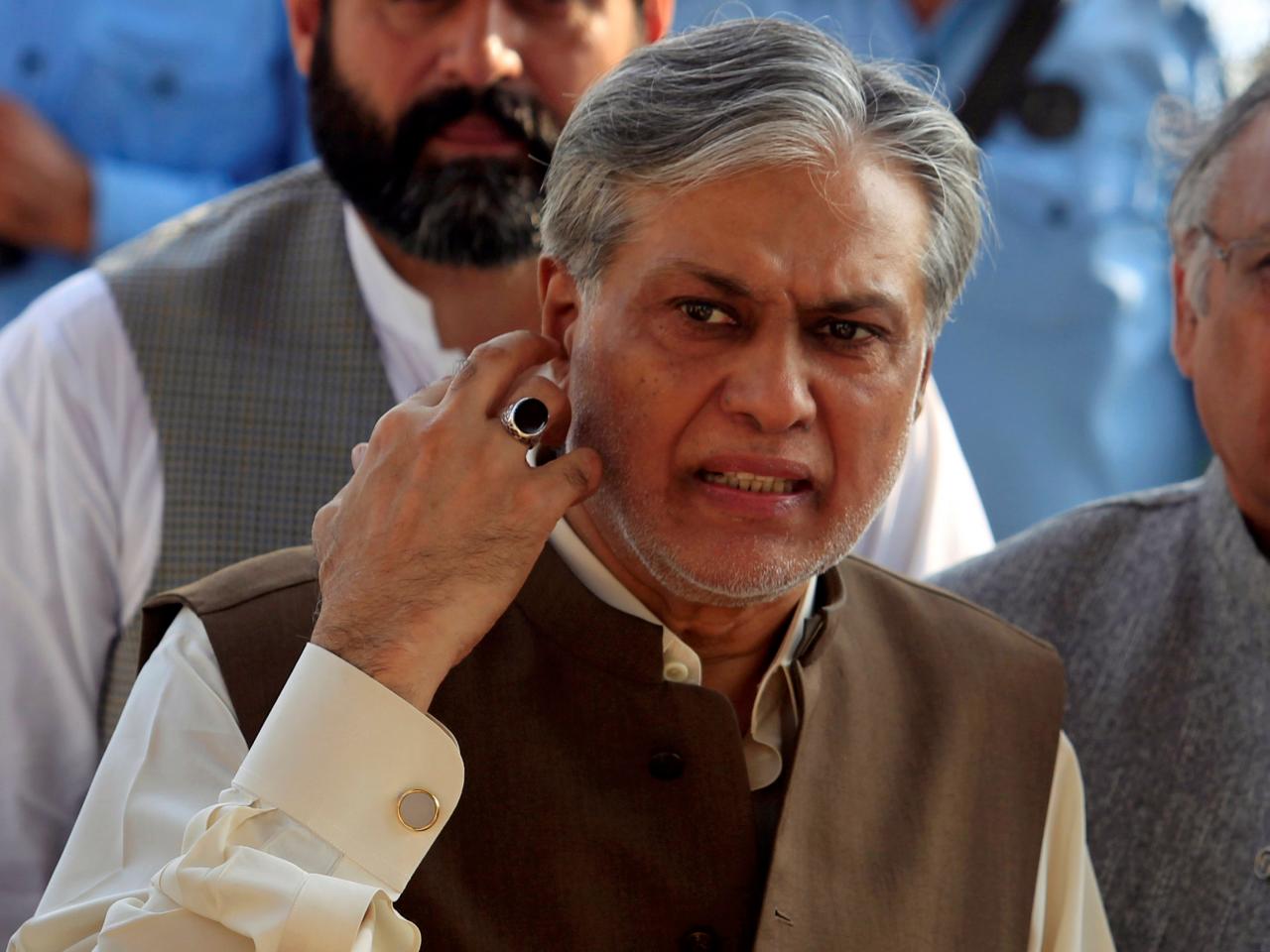
ISLAMABAD: The question many want an answer to is whether the Pakistani economy is better or worse off than it was in 2013 when the Pakistan Muslim League-Nawaz (PML-N) was elected into power.
With the budget due to be announced this week and elections around the corner, it is the right time to judge whether or not the PML-N made Pakistan a stronger economy.
Unlike its first two terms, when the party was ousted before completing its tenure, the PML-N is now at the end of its five-year term. Thus, the excuse that it failed to deliver because it was prematurely ousted cannot be used.
Since the elephant in the room has been addressed, one can go ahead and judge its performance objectively on two parameters.
The first would be the PML-N’s election manifesto, and the second would be the 11th Five Year Plan 2013-18 it announced after assuming office five years ago.
Breaking it down
The budget comes even as debate revolves around whether a government that will not be in office after May 31 has the mandate to announce the budget for a fiscal year when it may not be in power.
This debate is not only limited to the opposition parties, as the government has also faced this question from within its leadership. Finally, on the advice of some economic ministers, the government has decided to avail this opportunity to offer solace to various estranged segments of the society that have been adversely affected due to the government’s economic policies.
Senate panel gives approval to tax amnesty schemes
After all, what better way to please its constituents than announce a ‘friendly’ budget at the end of the tenure.
Unlike the past five instances, when former finance minister Ishaq Dar announced the budget, this time the speech will be delivered by Adviser to Prime Minister on Finance Dr Miftah Ismail.
To recall, Dar, the financial czar of the PML-N, has been declared an absconder by an accountability court that is hearing a case against him for allegedly accumulating assets beyond the known sources of income.
Looking back
When the PML-N came into power in June 2013, there was lack of confidence on the economy, a concern shared by both local and foreign investors.
International financial institutions predicted a default on international debt obligations, and investors were knocking on the court’s doors over the government’s failure to pay them the power purchase price.
Even leading local investors, considered to be close to the ruling party, were not ready to inject money, despite requests made by former prime minister Nawaz Sharif, said a senior bureaucrat working in the PM’s Office on the condition of anonymity.
But Nawaz Sharif was eager to end the crippling energy crisis. His close aide, Dar, worked towards restoring the confidence of local and foreign investors, and has been said to have worked tirelessly to put things back on track.
He won breathing space for the economy by taking on foreign loans – a habit that he would subsequently be criticised for – in order to save depleting foreign currency reserves and repaying maturing loans.
The chartered accountant-turned politician also risked alienating many sectors of the economy by levying more taxes, overwhelmingly indirect ones in nature, to boost government’s revenue.
This strategy worked only during the first year in office, said a top bureaucrat of the PM’s Office. But Dar made this part of his toolkit, and the result was that the country became entrenched deep in the debt trap. The industries were overburdened with massive taxes, and the cost of living as well as production increased.
Dar wanted to fix it quick and resorted to measures that won him applause in the short-term but damaged the economy in the longer run, according to a former finance secretary.
Dar’s four close confidants, all of whom won lucrative posts and some even secured post-retirement positions, also did not come in the way of these measures.
He wanted to declare ‘early victory’ and these four bureaucrats showed him the shortcut there.
What eventually transpired
Resultantly, the government failed to meet all major macroeconomic and social targets it set in the 11th Five-Year Plan, but progress was made across all sectors.
The ruling party failed to achieve targets even in areas that were its foremost priority including electricity generation and construction of roads.
The Planning Commission evaluated the implementation of the 11th Five-Year Plan (2013-18) as part of its preparations for the next strategy (2018-2023).
Performance in numbers
Average gross domestic product growth rate during the first four years remained at 4.7% as against the target of 5.4%.
Average growth in the agriculture sector was below 2% against the target of 3.5%. Average industrial output was also close to 5%, but against the requirement of 6.3%. Large-scale manufacturing grew at an average pace of 4.5% against the target of 6%. Similarly, the services sector grew at an average pace of 5% against the Five-Year Plan’s target of 5.8%.
PML-N targets 6.7% growth rate in 12th Five Year Plan
Five years down the road, the Planning Commission admits to stagnant exports, while a widening current account deficit, low savings and investments’ ratios remain challenges to sustainable economic development. Gaps in governance across sectors and regional disparities remain in development also pose serious questions.
The Planning Commission also noted in its assessment that the ease of doing business indicator could not be improved and social service delivery has remained poor.
The government’s poorest performance was in areas that required structural improvements to correct past imbalances. Under the Five-Year Plan, the PML-N government had set a target to enhance the Investment-to-GDP ratio to 22.8% by 2017-18. However, the ratio remained at 16.4% by the end of the government’s term.
Private investment also fell far below the target of 16.7%, and stood at only 9.8% despite the bonanza of the China-Pakistan Economic Corridor (CPEC).
There was a similar situation in yet another critical area of national savings to GDP. Against the Five-Year target of 21.3%, national savings stood at 12.1% by the end of the term.
The target was to increase exports to $29.5 billion by 2017-18. However, they are projected to grow to only $24.5 billion. Similarly, imports remained far higher than the target of restricting them to $51.1 billion. The government had also targeted to restrict the current account deficit to 1.2% at the end of the fifth year of the Plan, but estimates suggest that this year again the gap would be more than 4.4% of GDP.
Fiscal deficit had to be brought down to 3.5% of GDP – an area where the government also failed. Even conservative estimates put this year’s estimated budget deficit at 5.5% of GDP, which will require the government to borrow more.
Under the Five-Year Plan, the government had targeted to increase overall power generation capacity to 37,272 megawatts. But the Planning Commission’s assessment showed that the total power generation would reach 33,000MW by June 2018. However, this generation will be sufficient to meet the current energy needs of the country. The share of green energy in total power generation increased from 0.5% to 5%. But it was below the target of 7%.
The plan sought to increase expenditure under the public sector development programme (PSDP) from 3.9% of GDP in 2012-13 to 4.6% by 2017-18. In reality, PSDP spending at the end of the fifth year is equal to only 2.2% of GDP.
Social sector targets
Although the situation was better than in 2013, there remained gaps. Moreover, the responsibility of the social sector is now of the provinces after the 18th Amendment in the Constitution.
Against the target of reducing maternal mortality rate to 140 per 100,000 women, the ratio remained at 170, which was still better than five years ago. Infant mortality rate improved from 74 to 66 per 1,000 infants, but remains higher than the target of 40.
Similarly, child mortality rate remained at 81 per 1,000 kids as against the target of 52.
Access to clean drinking water was 91% of the total population, up from 2013 level but lower than the 93% target. The government also missed the target of increasing the number of universities to 302, as the total remained at 186.
About 29 more universities were set up in the past five years. Net primary enrollment ratio was supposed to be 100% under the Five-Year Plan, which also remained below target. Literacy rate had to be 88% but the last survey results showed it at 58%.
Conclusion
The government’s focus on short-term economic goals deviated it from the path that could have put the country on track of sustainable development.
Load-shedding remains an issue as governance was ignored. The government was unable to plug loopholes that continue to cause high line losses and low recovery of bills. It did add power generation capacity but somehow forgot to expand the transmission network, which is a prerequisite to transferring the newly added electricity to consumers.
Circular debt, which five years ago was Rs480 billion, has today crossed the Rs1 trillion mark. Public-debt-to-GDP ratio that five years ago was 64% is today 70.1%, the highest in 15 years. External debt was $61 billion in 2013 that has already ballooned to $90 billion and chances are that it will cross $96 billion by June 2018.
The PML-N began its journey with the help of the International Monetary Fund (IMF), and it seems like the ride will end there again. With gross official reserves today insufficient to provide import cover for two months, Pakistan is expected to face a crisis soon.
Having said that, one can safely say that the Pakistani economy is only slightly better off than it was in 2013.

















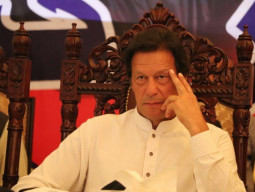
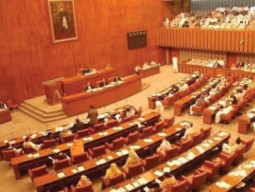
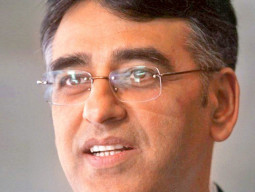
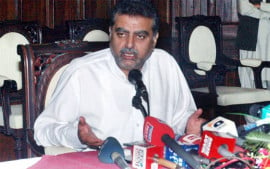
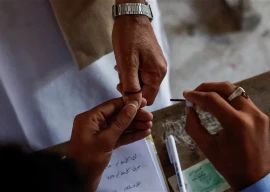


1712071304-0/image-(14)1712071304-0-270x192.webp)






















COMMENTS (2)
Comments are moderated and generally will be posted if they are on-topic and not abusive.
For more information, please see our Comments FAQ